
Over the past several months, I've been volunteering with Roseanne Ferguson. She's the Guru of propagation at the Texas Discovery Gardens. Like the larger than life American historical figure, Johnny Appleseed, Roseanne is dedicated to growing plants. For 15 years or more, she’s propagated all kinds of native and non-native plants in the plant nursery area of the gardens. It’s a fascinating place where an infinite number of plants have been carefully nurtured and grown.
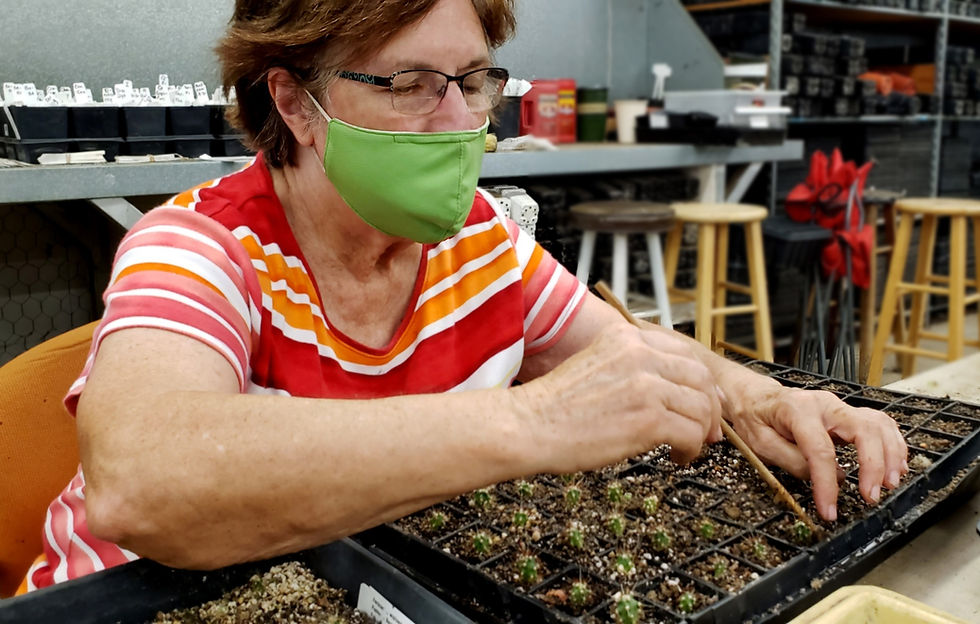
For those who are passionate about plants, propagation is a mixture of science and art that enables the creation of new plants. It can be done from seeds, layering, division, and cuttings. The effort can be man-made, but most of what we see in the world around us is nature’s process – the natural dispersal of seeds.
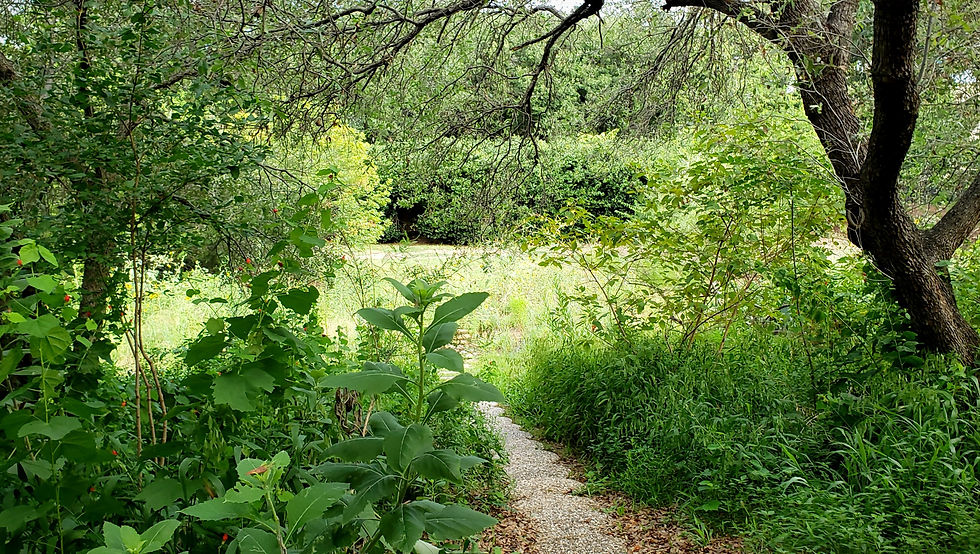

The natural process isn’t perfect. For one, it’s hard to predict or understand when some plants choose to grow, and how well they will do. For another, natural and man-made disasters threaten plants. Today, there are over 100,000 endangered species globally. That number only represents the ones we know. All to say that learning the science and art of propagation becomes a mission for plant lovers. By inserting ourselves into the process of how they reproduce, we can do more than witness the wonder, we can positively affect the future.

There are books written on reproduction specifics for various plants in the world. But two key areas of reproduction are germination and dormancy. A seed’s germination starts when the embryo inside begins to grow. Before this happens, most seeds require a period of rest called dormancy. This important step needs to happen once the seed separates from its parent plant. Depending on the type of plant, dormancy can last anywhere from a few days to hundreds of years. Once conditions are favorable, such as adequate moisture, oxygen and warmth, a seed will sprout. This miraculous rise up from the soil will happen after a completely lifeless stage. The moment is one reason why scientists debate the definition of life in the plant kingdom. As botanist Chris Walters once said, “If seeds are alive but not metabolizing, then maybe we need to rethink what it means to be alive.”
It's an existential question, but when you work with plants, you begin to understand that some things are still a mystery. The good thing, however, is that once you learn how propagation happens, you can apply your knowledge and skill with many of the plants you wish to grow and share with others.
Visiting Roseanne’s workshop at the Texas Discovery Gardens is a treat for any plant lover. You’ll see plants flourishing, the likes of which you’ve never seen before. The place feels like a nursery in the human sense of the word – where seedlings and cuttings are loved, grown and tended to, as if they’re children. Being around this world reminds me of why plants and gardens continue to be such an endless source of hope and joy.


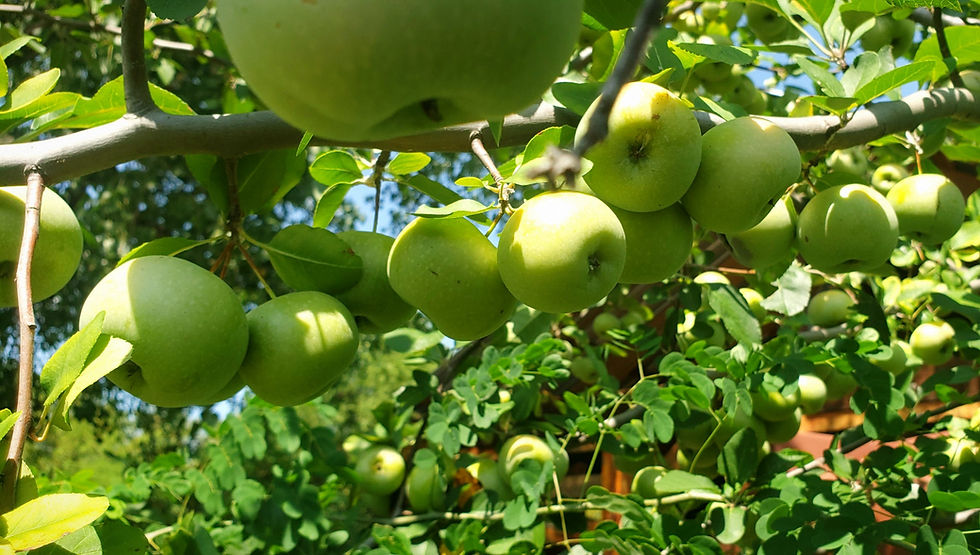



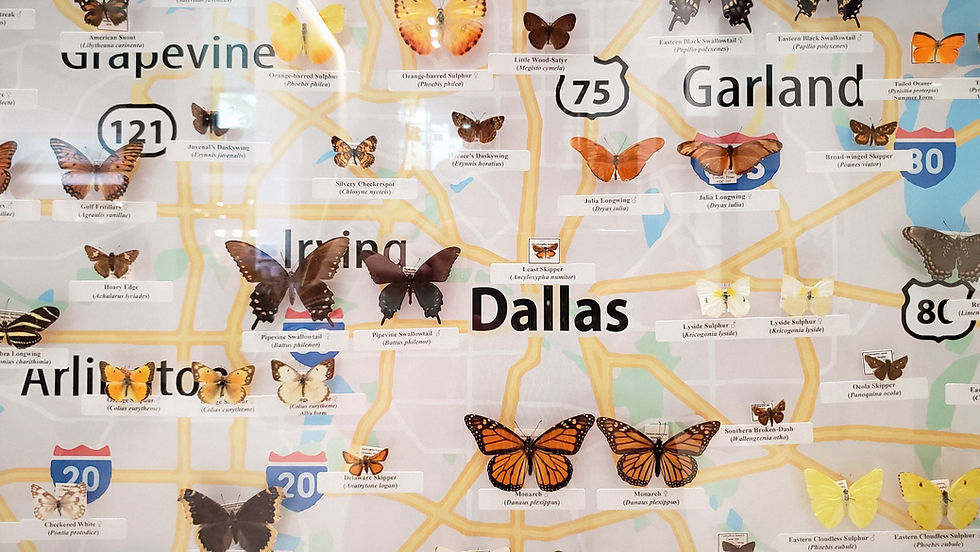

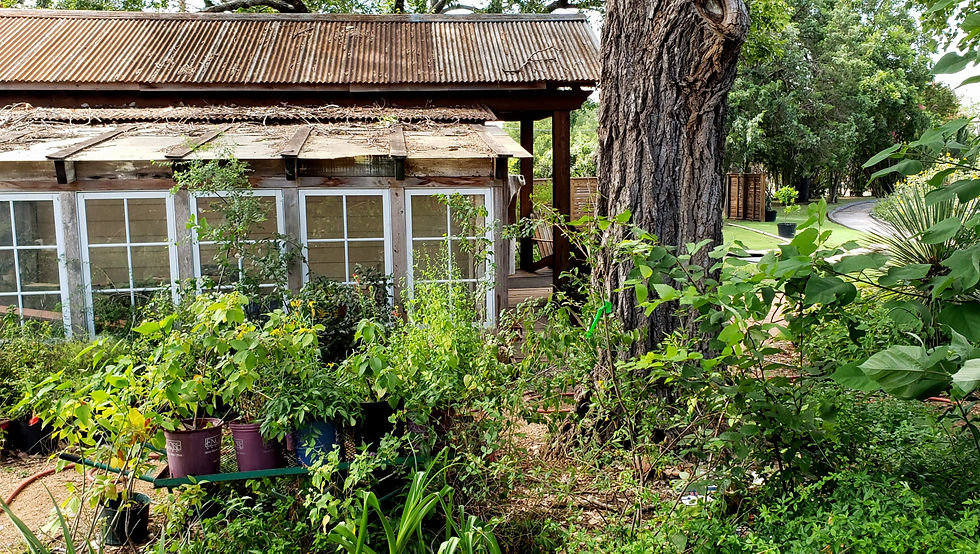

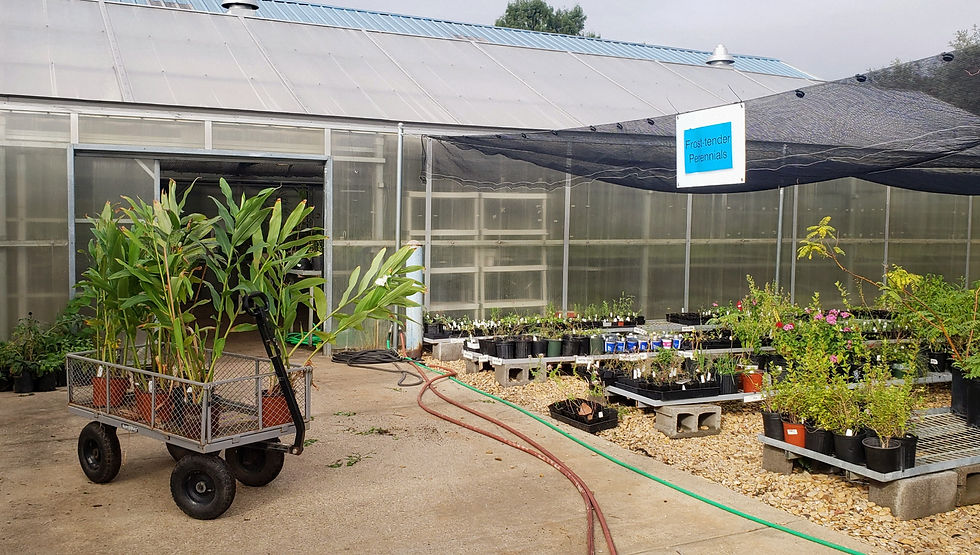



My experience with the Blackberry Lily propagation.
Roseanne gave me a simple assignment – to propagate the Blackberry Lilly. The plant is historically significant because Thomas Jefferson first brought it to American from Europe and planted it in his gardens at Monticello. Though it's called a lily, it's actually an iris. Orange small flowers bloom in the summer, then turn into pods in the fall. These pods become what looks like blackberries – which is how the plant comes by its name.





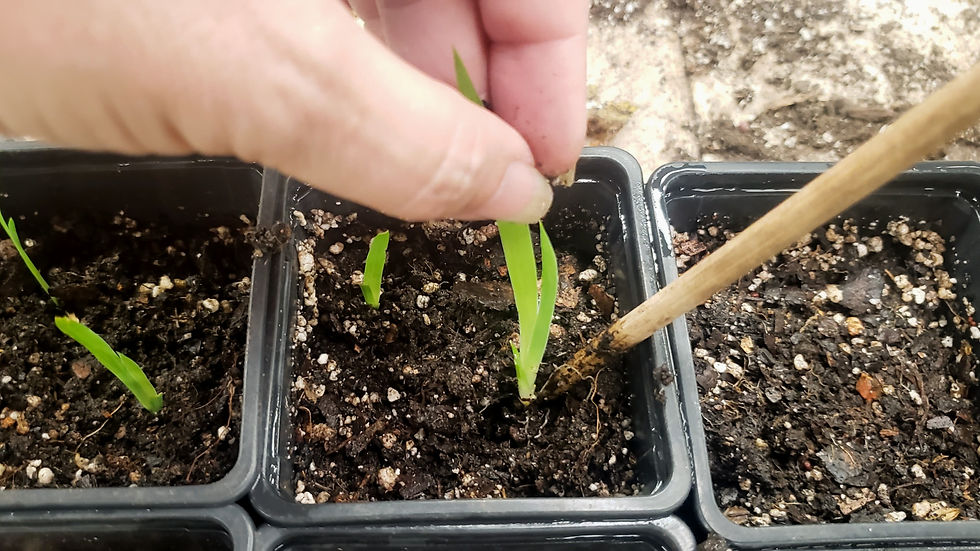

Comments